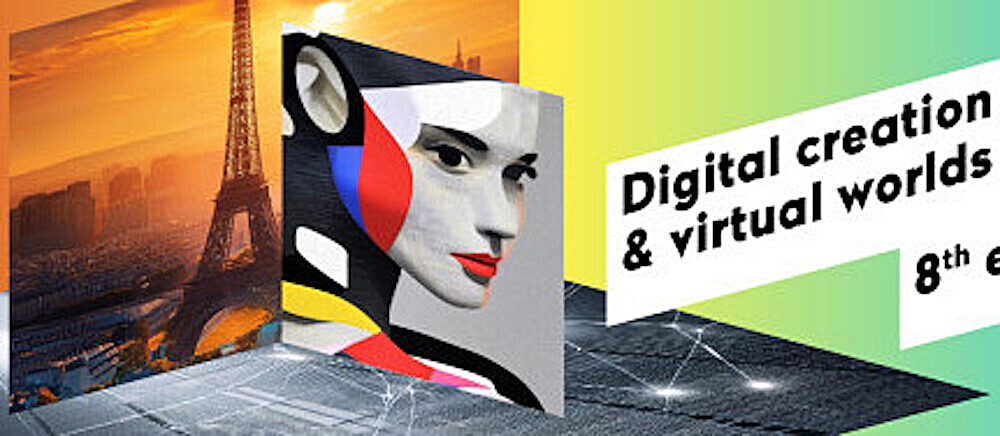After recently confronting “Attack Ads” in these digital pages, VideoAge is now looking at “Immersive Marketing,” which is closely associated with the XR (Extended Reality) market.
The “Attack Ads” practice started in the early 20th century with tobacco ads, and continued with confrontational ads from Pepsi Cola (challenging Coca Cola). It is now common among detergents and even medicines. The latest ad brawl is between Vrbo, Expedia Group’s home rental company, and Airbnb. The practice is now becoming popular worldwide, including China (where fights like these are common between fast food restaurants McDonald’s and KFC). In Europe, however, attack ads are more heavily regulated than in the U.S.
The “Immersive Marketing” approach, instead, is something that began in 2015, and has to do with all kinds of reality: AR (Augmented Reality), VR (Virtual Reality), and MX (Mixed Reality), but the best definition of immersive marketing comes from a Wikipedia entry: “Instead of being ‘passive aggressive,’ the marketers must be ‘aggressively passive’ in their approach in order to succeed in attracting consumers.“
Immersive marketing campaigns deeply engage customers both physically and emotionally — they are designed to connect with audiences through multiple touch points, merging live events with virtual and augmented reality to capture and hold the audience’s attention.
An example is the world’s first swimmable billboard at a popular beach in Dubai to promote Adidas women’s swimwear; and store pop-ups featuring a number of interactive activities for brands such as Yoplait yogurt and Tropicana juice.
We at VideoAge see this immersive model approach — although potentially effective – as obnoxious and annoying, which should go against what advertising is all about: informing about brands in a pleasant, entertaining, and non-intrusive way.


Leave A Comment